Looking for our woodland owner survey?
We recently invited some owners of woodland in Itasca, Cass, Clearwater, Hubbard and Beltrami counties to complete a brief online survey. If you received a survey invitation letter from us, please click this link to complete the survey. You will need the 4-digit access code from your letter.
Questions? Text, call or email Eli Sagor at 218-409-6115 or esagor@umn.edu.
If you did not receive a survey invitation from us, please disregard this message.
My Minnesota Woods provides timely articles on sustainable forest management and achieving forest stewardship goals. Sign up to receive our monthly email newsletter.
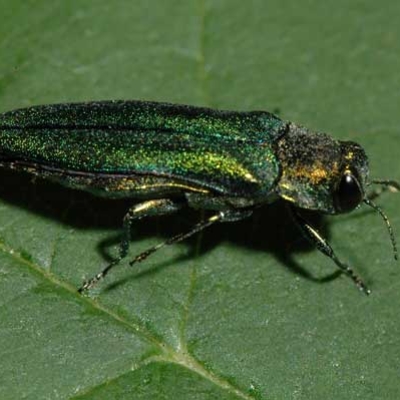
Emerald ash borer (EAB) continues to cause problems for ash trees. As of this past year, it has been found in 48 Minnesota counties.
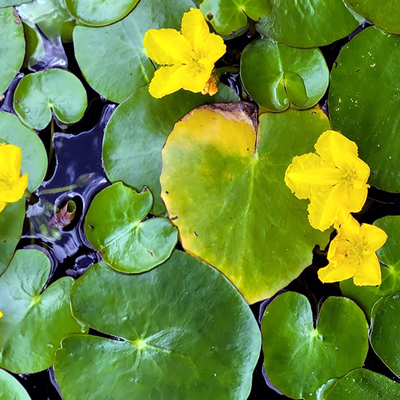
Yellow floating heart is an aquatic plant popular in water gardens. But this lovely plant is invasive and harms wild landscapes and bodies of water.
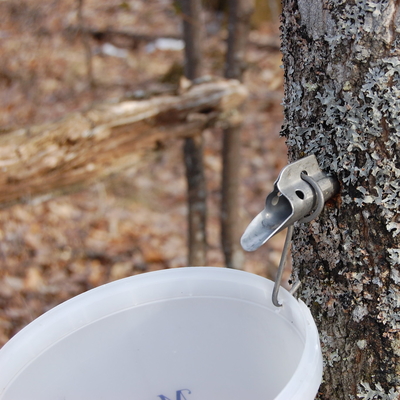
Extension Educator Gary Wyatt addresses the concerns on syrup tapping during our mild winter.
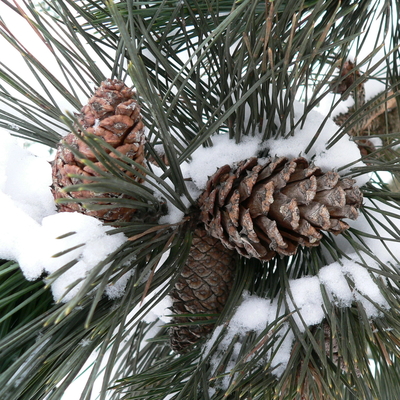
It’s easy to admire the beauty of the winter landscape. But what about everything that we can’t see? What happens to the forest during the winter?
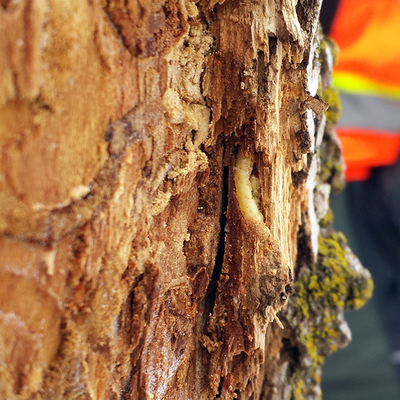
While subzero temperatures are not the most pleasant conditions for us, they can be a factor in helping to control pests. Warmer winter temperatures may mean more EAB larvae are likely to survive.
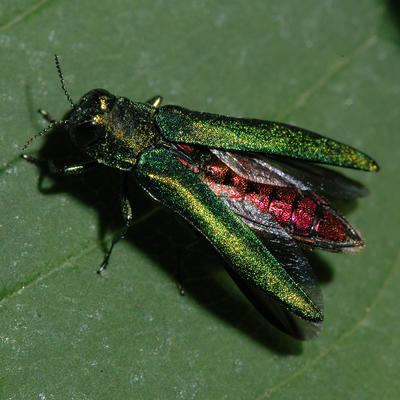
Emerald ash borer has been confirmed in Cass County. Landowners need to be aware of the threat EAB poses not only on their land but to many thousands of acres of nearby ash forests.

